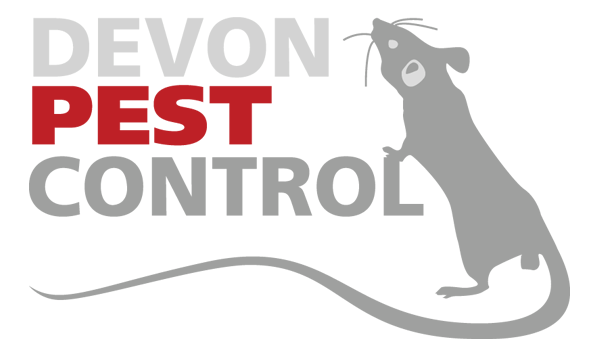Woodworm
Woodworm is actually a term for wood-boring beetle. Included under this umbrella term are many different species of beetles. They get their name due to their eating and destroying of wood. They can infest a number of different structures such as; beams, floorboards and furniture.
Interestingly, it is not actually the beetles that cause the damage to wooden structures, but the larvae. The life cycle of wood boring beetles can be over a year so it is not always known if timber has an active infestation when inspecting it. The beetles lay their eggs within cracks of the wood. Once these eggs hatch, the larvae begin to make their way through the wood, consuming the wood and expelling a by-product called frass. The larvae leave tunnels throughout the wood and create holes on the surface of the wood which they emerge through as adults. The holes are also entry and exit points for adult beetles to come and go once the life cycle is complete. Infestations are likely in wood located in areas of high humidity. Woodworm require a high level of moisture to survive.
Below are some signs to look out for;
- Frass- this is powdery dust produced by the larvae. This will be found on the floor nearby the infected wood and sometimes on the wood surface.
- Small holes in the wood- these exit holes are a sure sign of an active infestation. Sometimes they can be hard to see with the naked eye due to their small size.
- Weakness- active infestations can cause weakness in the timber due to the tunnelling of the larvae. If there are multiple tunnels near the edge of the timber then this could cause the timber to crumble.
- Beetles- if you see beetles emerging from the wood in question or dead beetles in the surrounding area, then this means you have a woodworm infestation.
If you see any of these signs, it is strongly recommended that you call in a professional. We will be able to complete a full inspection and offer advice and treatment to help you get rid of these pests for good.







